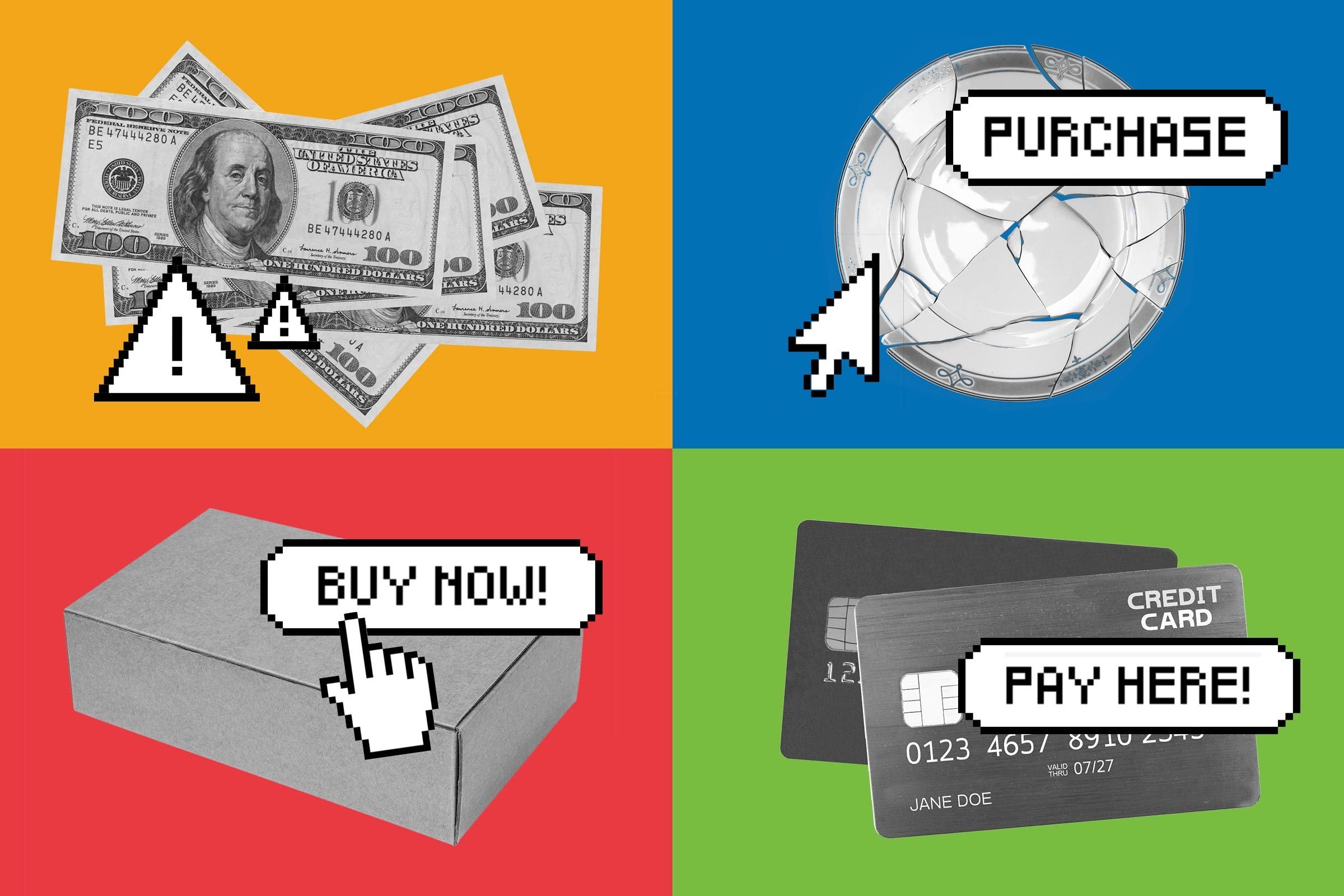
Staying safe online: avoid these eBay scams
Online marketplaces can be a treasure trove of forgotten wonders, inexpensive finds, and mutually beneficial trades. However, not everyone on these sites is necessarily planning to enjoy the wonders of the platform fairly. As many opportunities for buyers and sellers that eBay provides, it also provides as many avenues for tricks, traps, and swindling. Avoiding online scams should always be your priority, but scammers are getting trickier every day.
When it comes to eBay in particular, scammers, hackers, and con artists abound. Unfortunately for the average user, there’s an art to the eBay con that has been mastered over time. Thankfully, while eBay scams can sometimes be very difficult to spot, there are some ways to keep yourself safe and avoid pitfalls on one of the largest global marketplaces in the world.
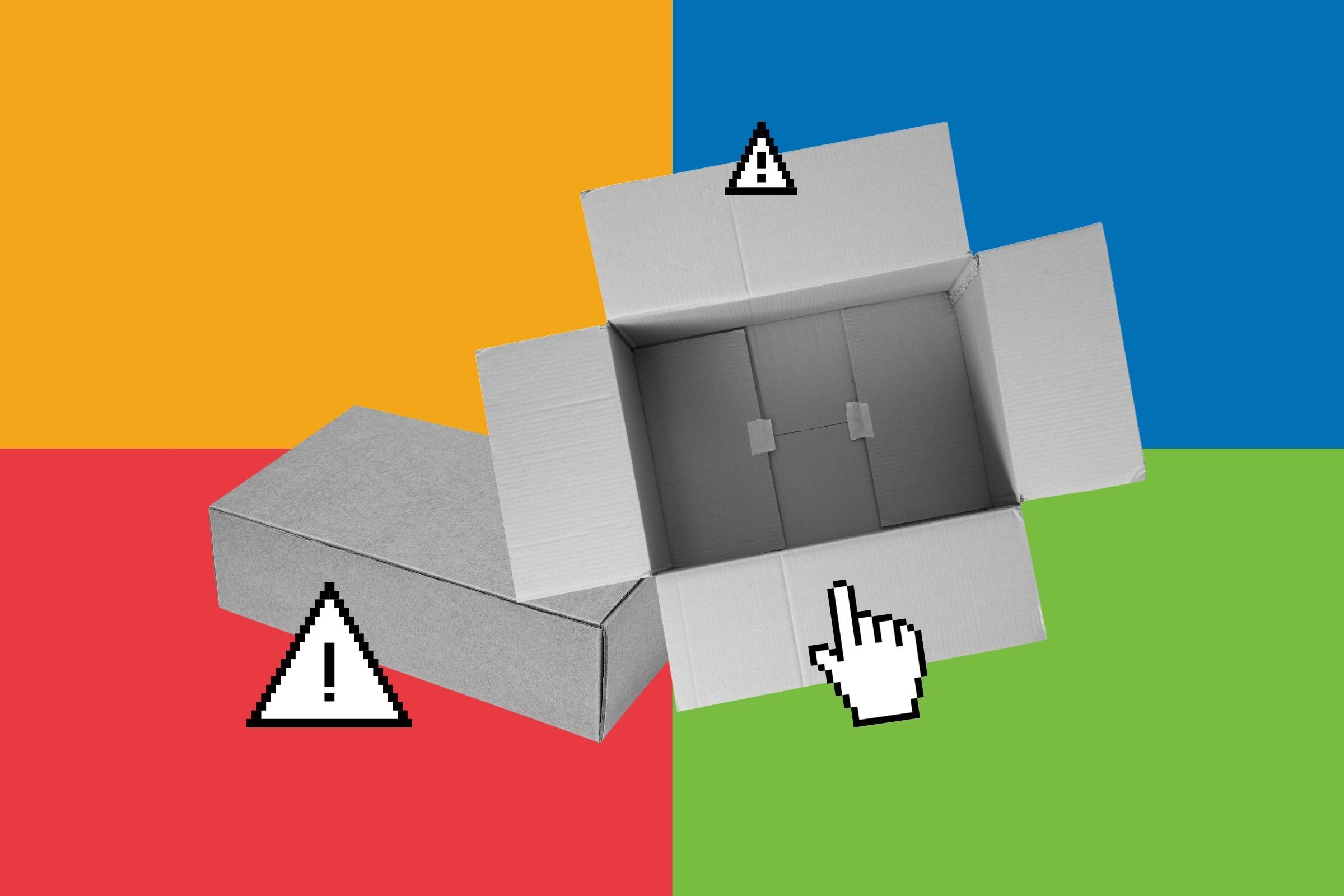
Empty box scam
This buyer scam is one of the oldest (yet most effective) tricks in the book. This scam usually focuses on smaller, high-value items like smartphones or handbags. First, the buyer will pay for the items and the seller will ship it. The problem begins when the buyer receives the items, yet files a claim that they received an empty box. Worst case scenario? The seller keeps the item and receives a refund.
Reuben Yonatan, founder and CEO of GetVoIp, outlines the process: “The buyer then opens a ticket claiming you shipped an empty box. According to eBay policy, if a buyer opens an Item Not as Discussed (INAD) ticket, then you must accept the return and refund the money. The buyer keeps the items and sends an empty box back.”
How to avoid it: “Document everything.”
“Take pictures and videos of your item, the packaging, and any other pertinent information. Upload the pictures and videos to eBay as proof that you did not send an empty box,” says Yonatan.
Ty Stewart, CEO and President of Simple Life Insurance, reminds buyers to “shop your items using UPS whenever possible so you can require a signature confirmation. UPS also tends to manage more diligent shipping histories that’ll help combat buyers who claim they never received their item and now demand a refund.”
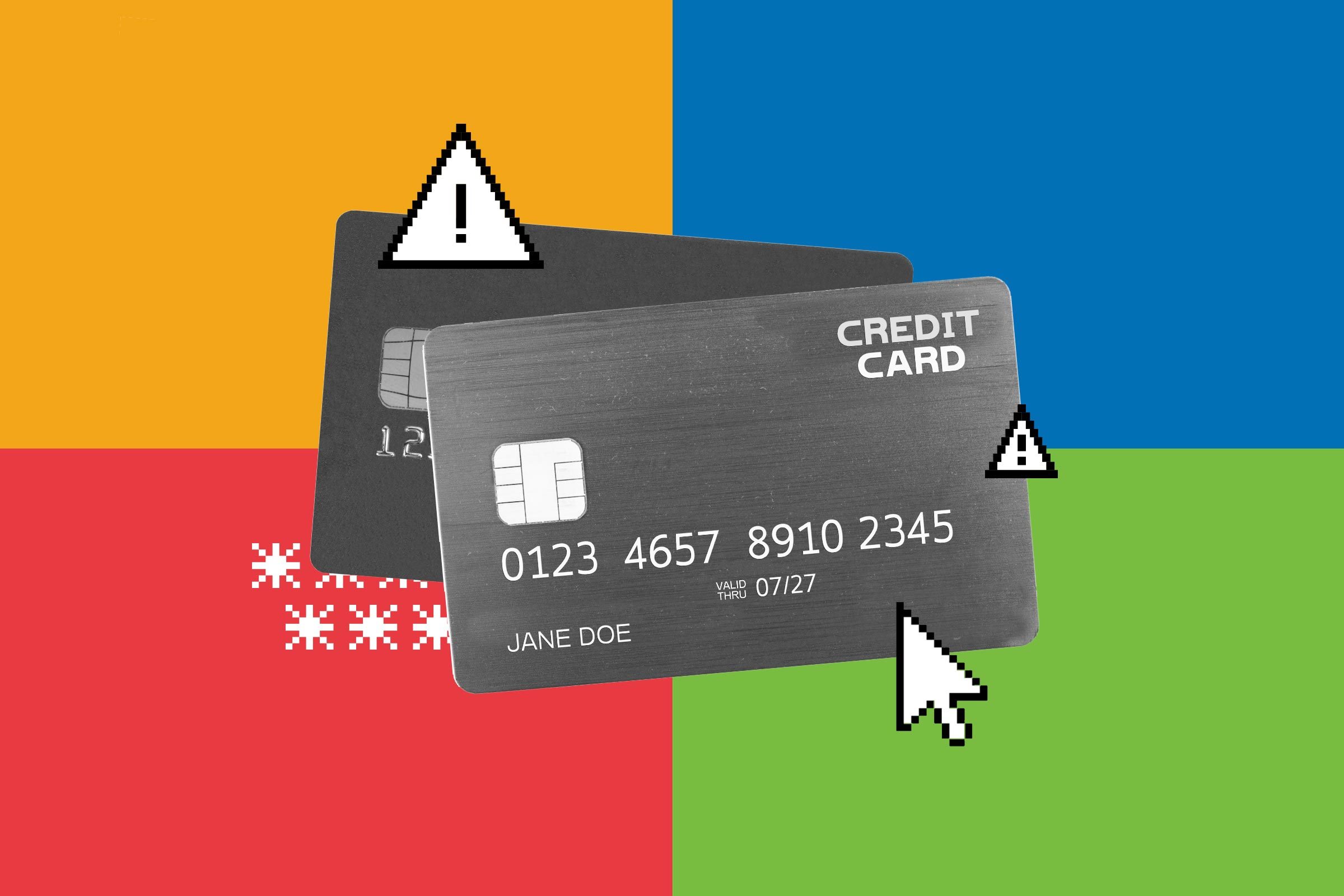
Alternative payment method scam
Buying online always comes with a certain element of risk—credit card fraud, stolen numbers, identity theft, overcharging, etc. However, PayPal and similar platforms guarantee both financial protections and legal recourses and safeguards for buyers and sellers alike. Unfortunately, that often means that sellers who are, in fact, scammers, are more likely to recommend alternative/less monitored methods of payment. Therefore, once the transaction is complete on their end, there is little recourse for the burned buyer.
How to avoid it: Stick to payment methods you know
“Besides a debit or credit card transaction on the site itself, PayPal continues to be a popularly accepted form of payment on eBay. It’s absolutely a red flag if the seller is adamantly opposed to on-site or PayPal transactions,” notes Ty Stewart. “Or worse, pushing to use an unfamiliar platform altogether.”
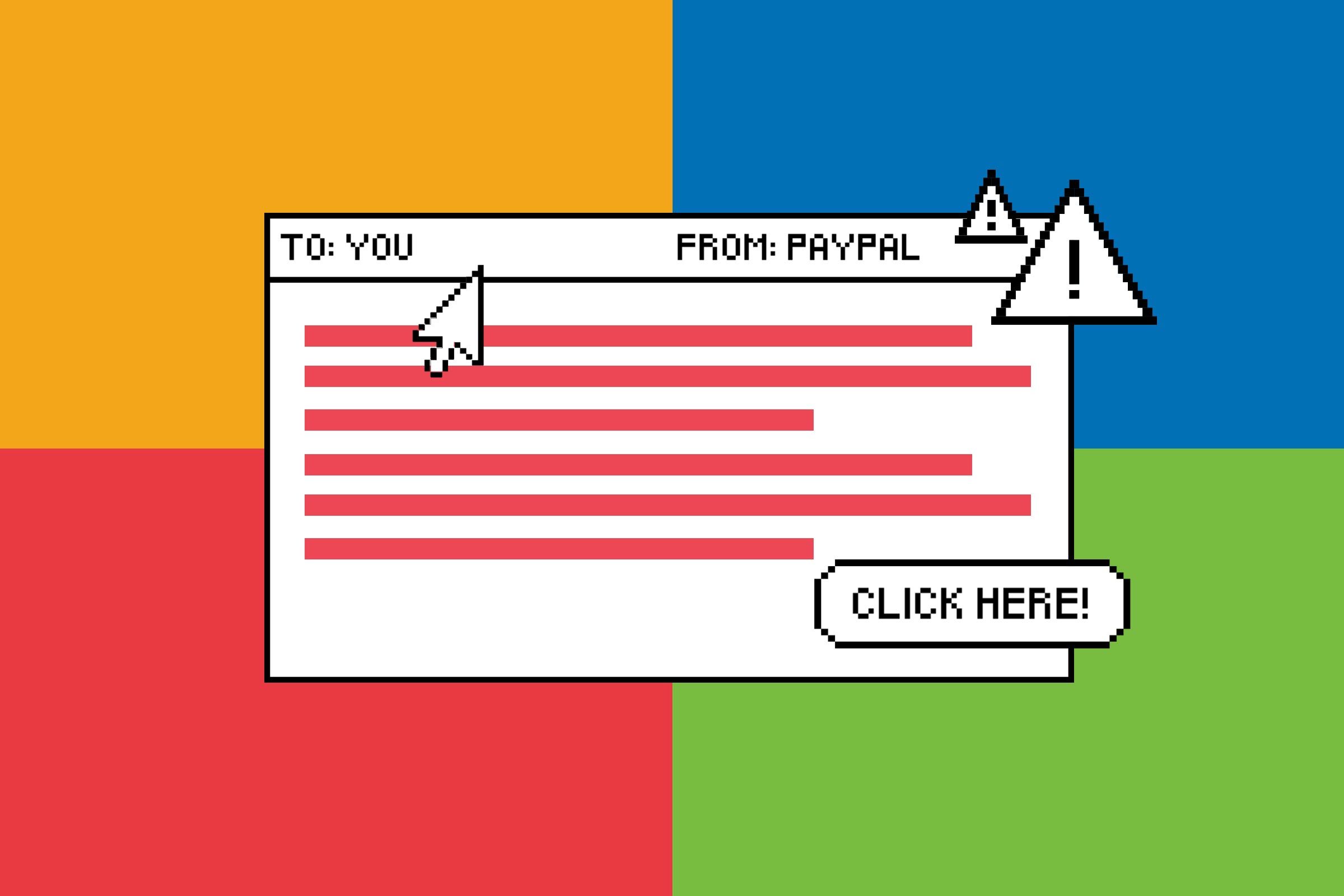
Fraudulent email scam
Some scammers are understandably PayPal adverse. However, there is also a subset that takes advantage of the security that PayPal is meant to provide. Users often trust an email that seems legitimate and doesn’t immediately have the mark of a fake (i.e. bad grammar/spelling, wrong images, weird email address, etc.)
“I received an incredibly authentic-looking email from ‘PayPal.’ The email stated that the funds have been locked away and will release only when the buyer receives a tracking ID for the product…the email looked genuine, and it came from a real-looking email address,” remembers Mark Hayes, Head of Marketing at Kintell, when he himself nearly fell victim to a popular fake email scam after he listed a product on eBay.
“There were no spelling errors, and images within the email rendered correctly. These are the lengths that scammers are now taking to convince you…I contacted [PayPal], I was told that this was not a practice they followed and that the email was fraudulent. I blocked the scammer and thankfully that was the end of that.”
“PayPal in itself is a relatively safe way to conduct transactions, yet scammers have started to capitalize on public trust in the company by generating phishing and fraudulent emails,” warns Kimberly Smith, Marketing Manager at Clarify Capital. “These tend to come in the form of fake confirmation emails, to trick the seller into believing someone has paid for a product they haven’t, and emails that request personal information.”
How to avoid it: Don’t trust every email—always double-check.
“The best way to avoid falling prey to this kind of scheme is to keep tabs on your own PayPal account directly and exercise caution and a healthy amount of skepticism when one of these messages land in your inbox,” says Smith.
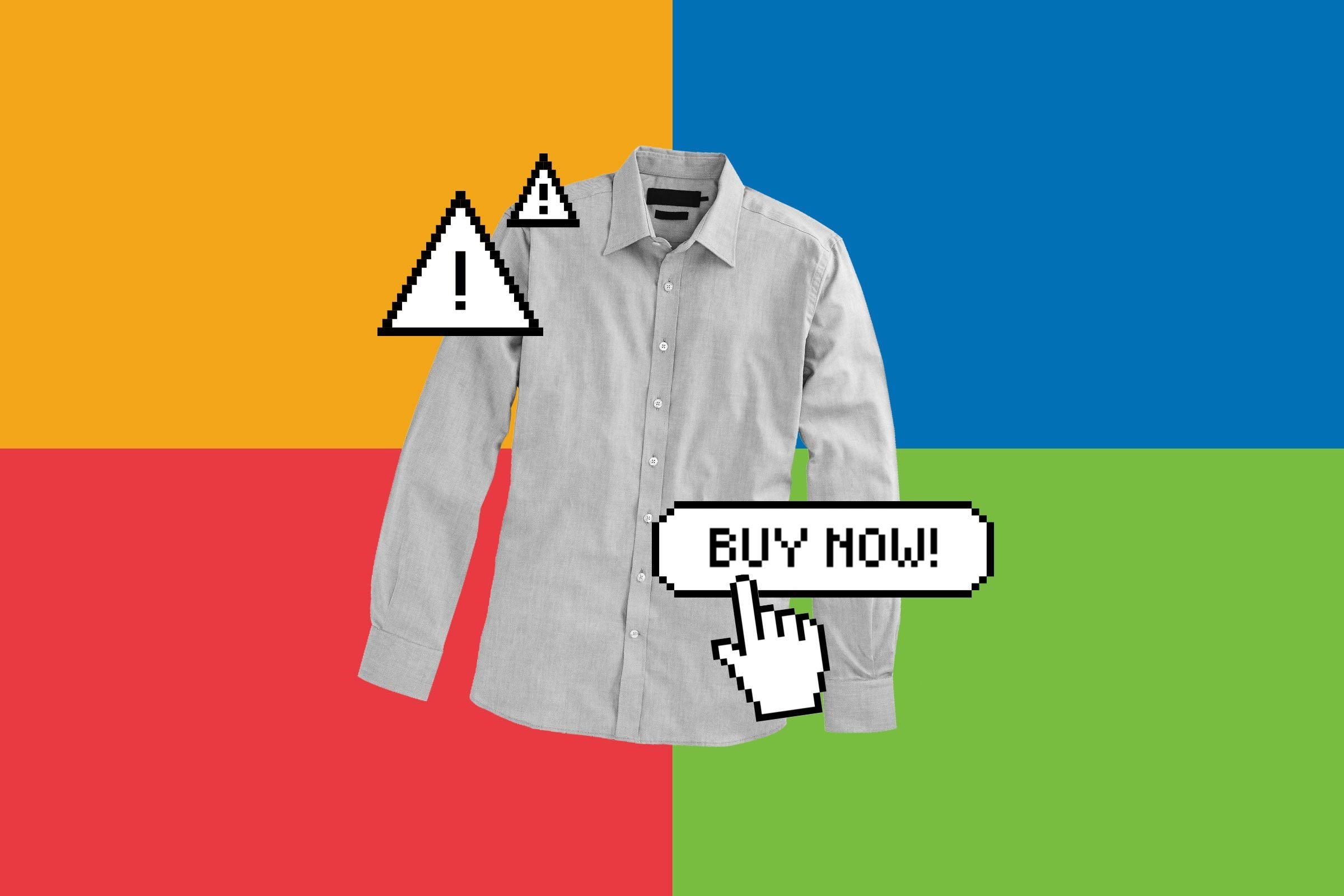
Hidden link scam
This scam is especially tricky as it capitalizes on a distant understanding of the Internet and how hyperlinks operate within an online marketplace. This scam begins innocently, with a real product page to interest the buyer. Once they click on the purchasing or direct website link, however, they are discreetly taken to a different product page.
“Counterfeiters set up marketplace listings which look like unbranded products, but then distribute details of counterfeits through social media and encrypted networks. The descriptions of their products are to branded goods, but the link goes to a blank looking item,” says David Bennett, President of Branded Protect for Corsearch. “For unwary buyers, this can mean they unwittingly receive a counterfeit.”
How to avoid it: Never blindly trust or click a link.
In this case, it’s another example of needing to double-check all the information at every step in the process. Reading descriptions carefully and seeing the market price for similar items can help someone spot a counterfeit from a mile away.
“The images used can be revealing, and if you’re in doubt about whether a product is genuine, try comparing it for color and other details with official images,” notes Bennett. “Details of the company selling can be also be revealing in terms of their location and their sales history.” The FBI has issued a warning about this new online shopping scam—don’t be a victim.
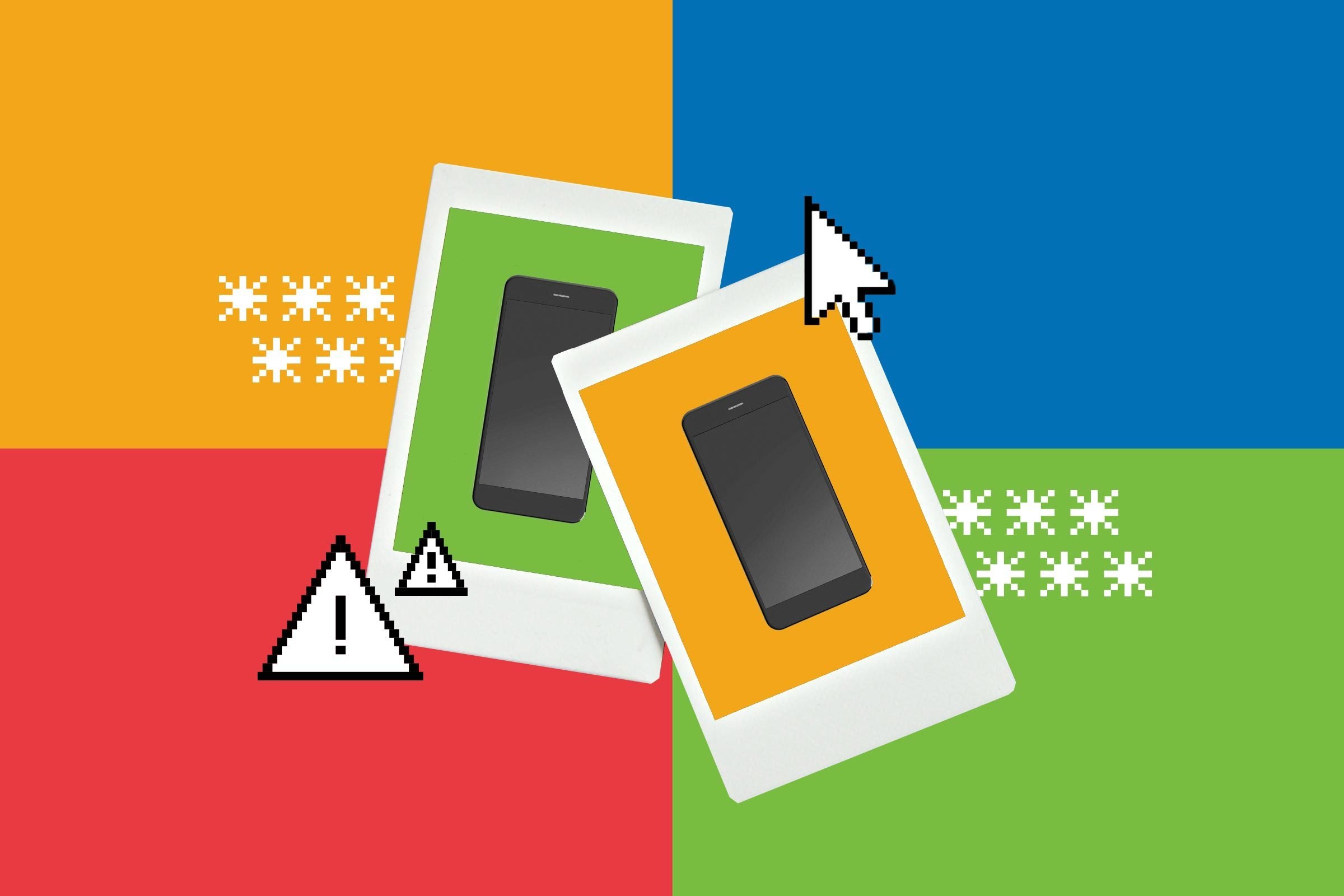
Photo scam
Classic, yet devious, this scam can leave buyers will no recourse and an astounding amount of regret. This scam works by offering a product for an unusually low (but possible) rate. Often, these listings are accompanied by quality pictures and a decent description. Everything usually looks on the up-and-up. Until you don’t receive the item at all. Soon enough, you’ll go back and find the tiny fine print. Examples of such print include the mockingly simple: “Photo of item,” “item box only,” “item sold separately.” It’s a photograph, box, or other accessory for the item itself.
“The seller lists the item, but deep in the description buries the statement that you are buying a photograph of the item, not the actual item. As a buyer, you will buy the item, for instance, an iPhone, expecting to receive the phone but receive a photo of an iPhone instead,” notes Reuben Yonatan. “It’s a brutal scam because you have no recourse as a buyer. The description clearly states you are buying the photograph. There is no one to blame.”
How to avoid it: Read everything twice.
“To avoid this scam, go through the description with a fine-toothed comb. If in doubt, ask the seller a question and document that answer.” All in all, check every description twice.
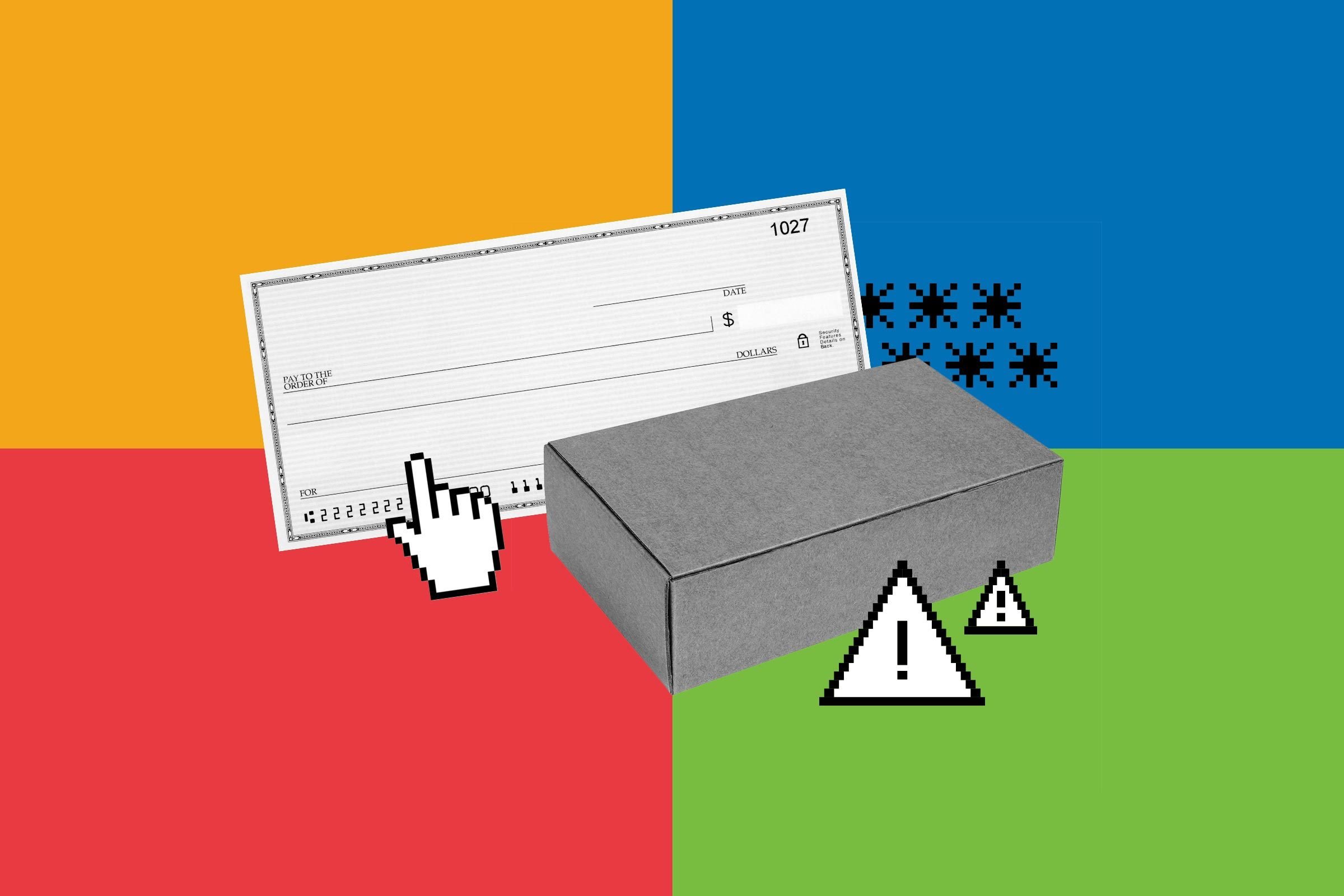
Bouncing check/overpay/wire payment scam
Many buyers will offer to pay over the amount in order to get the item delivered sooner. While this may initially seem like a good idea, it is likely a scam. In all likelihood, you’ll receive the check to have it bounce or the wire payment itself won’t go through.
Wire payments are difficult to trace, track, and recover, making them the preferred transaction method of scammers. Whenever sellers only accept wire transfers as payment, that is a huge red flag,” according to Kimberly Smith.
How to avoid it: Only accept/send money through payment methods you trust.
When in doubt, turn to PayPal or a credit card. This way, should the worst happen, you have both recourse and peace of mind. Speaking of, don’t fall for these popular work-from-home scams that are gaining popularity right now.
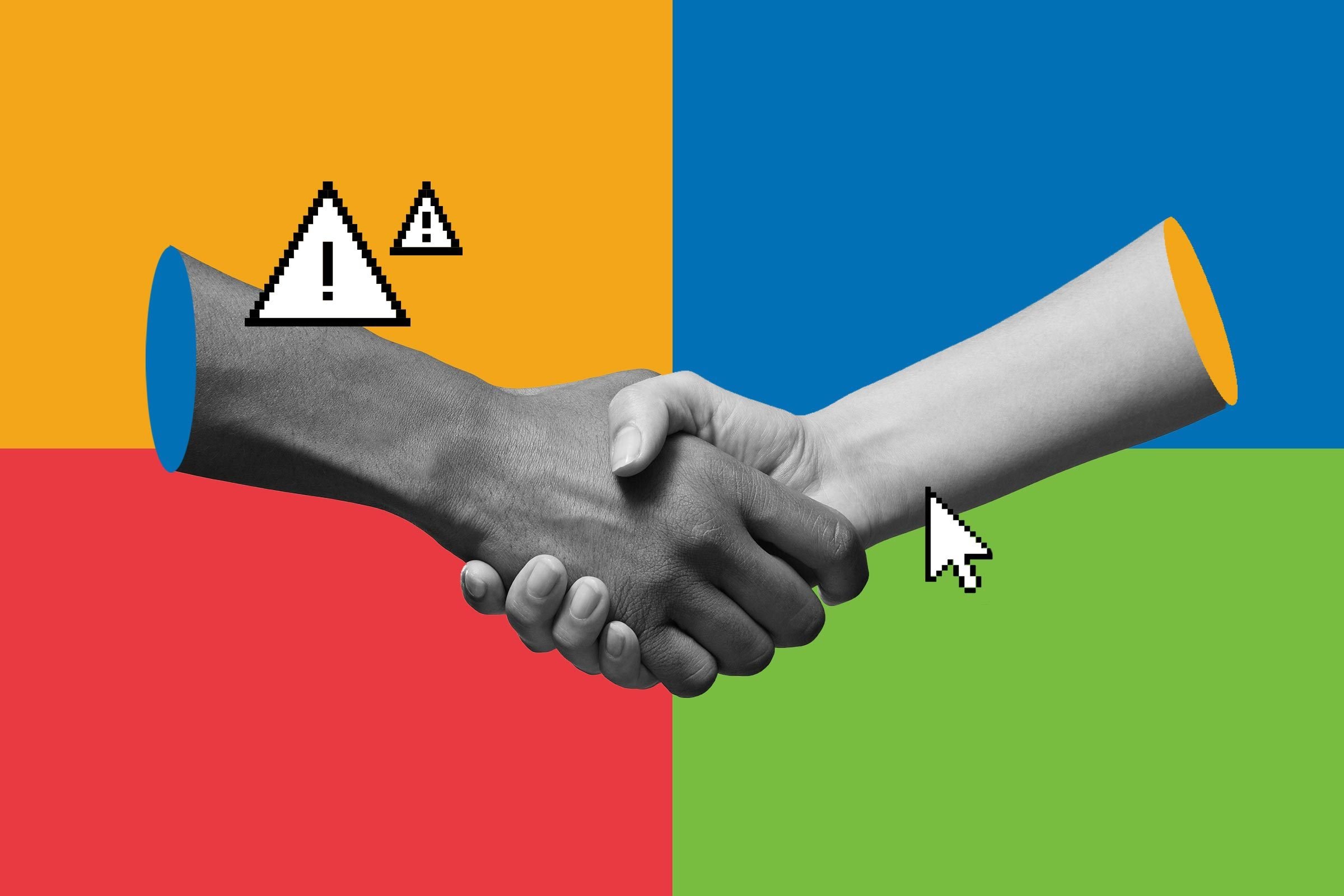
The collection/pick up scam
This scam is so good it almost seems like a way to avoid a scam, but beware. If a buyer asks you if they can collect the item in person, be wary, regardless of their story. This opens the door to a painful he said, she said that will leave you high and dry.
“The buyer purchases the items and then pays by PayPal and the buyer then contacts the seller and requests to collect the items. Common reasons for the collection range from going on holiday/vacation, needed as a present, items previously lost in the post, etc. The buyer then collects the items and files a PayPal claim for items not received,” warns Jay Lee, eBay seller and founder of uAcademy. “The seller is unable to provide any proof of postage as the item was collected and the buyer denies collecting it. PayPal will also rule in favor of the buyer and they receive a full refund.”
How to avoid it: Document all interactions and do not rely on trust.
“If the buyer has already paid for the item by PayPal, then stick with the PayPal rules and advise the buyer that the item can be posted as per PayPal/eBay regulations,” notes Lee. eBay has some great used finds, make sure you know which items you should be buying used.
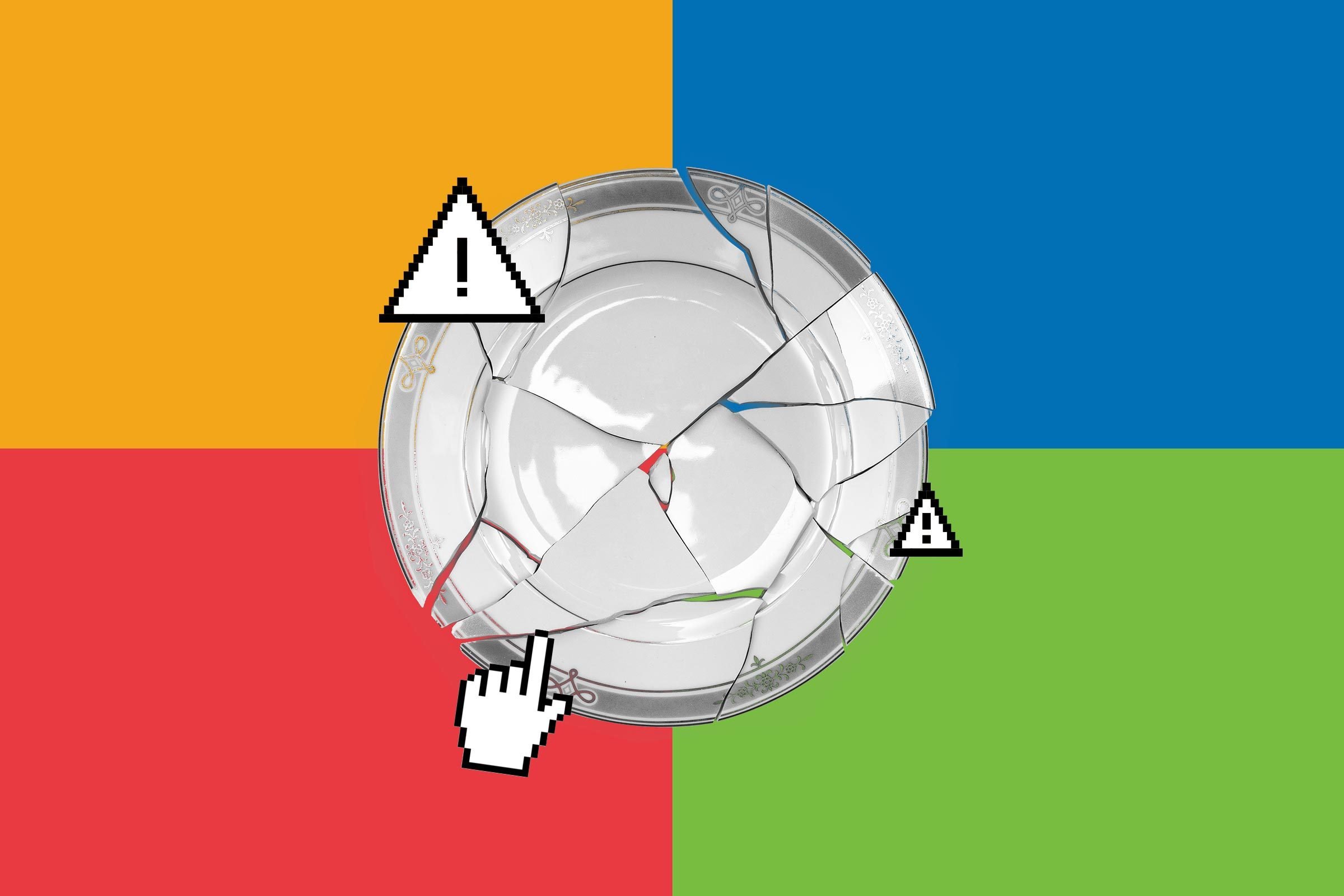
Broken/fake/counterfeit scam
You don’t always get what you pay for. Perhaps the largest scam on eBay is the scam of shipping a falsely advertised item. Examples include fake, counterfeit, broken, or damaged items.
“As with most things, if it’s too good to be true, it probably is. There’s been an uptick in sellers marking name-brand items down by up to 80 percent. These scammers are common but relatively amateur, and the red flags tend to be fairly evident to most people,” remarks Kimberly Smith. “If you’re one of the optimistic people who do purchase one of these heavily discounted items, you can expect to either receive a counterfeit or never receive a product at all.”
“Is the price substantially lower than you’ve ever seen it on official websites or authorized resellers? You should ask why—and then use of words such as ‘replica’ or ‘factory second’ is often just a cloak for counterfeits,” according to Bennett.
How to avoid it: “Exercise caution and do some investigation.”
“Checking seller reviews for mentions of counterfeits or fakes is a good tip, but buyers should be wary about the rising trend for fake reviews which can be used to hide counterfeit goods. In these scams, counterfeit either have dummy accounts through which they post positive reviews, or they can buy positive reviews through social media…” says Bennett.”Keys to look out for with fake reviews include very poor grammar, repeated phrasing, and sentences which are totally generic—the product may be described in glowing terms, but they rarely what the product actually is.” If you pick up the phone and hear these four words—hang up immediately.
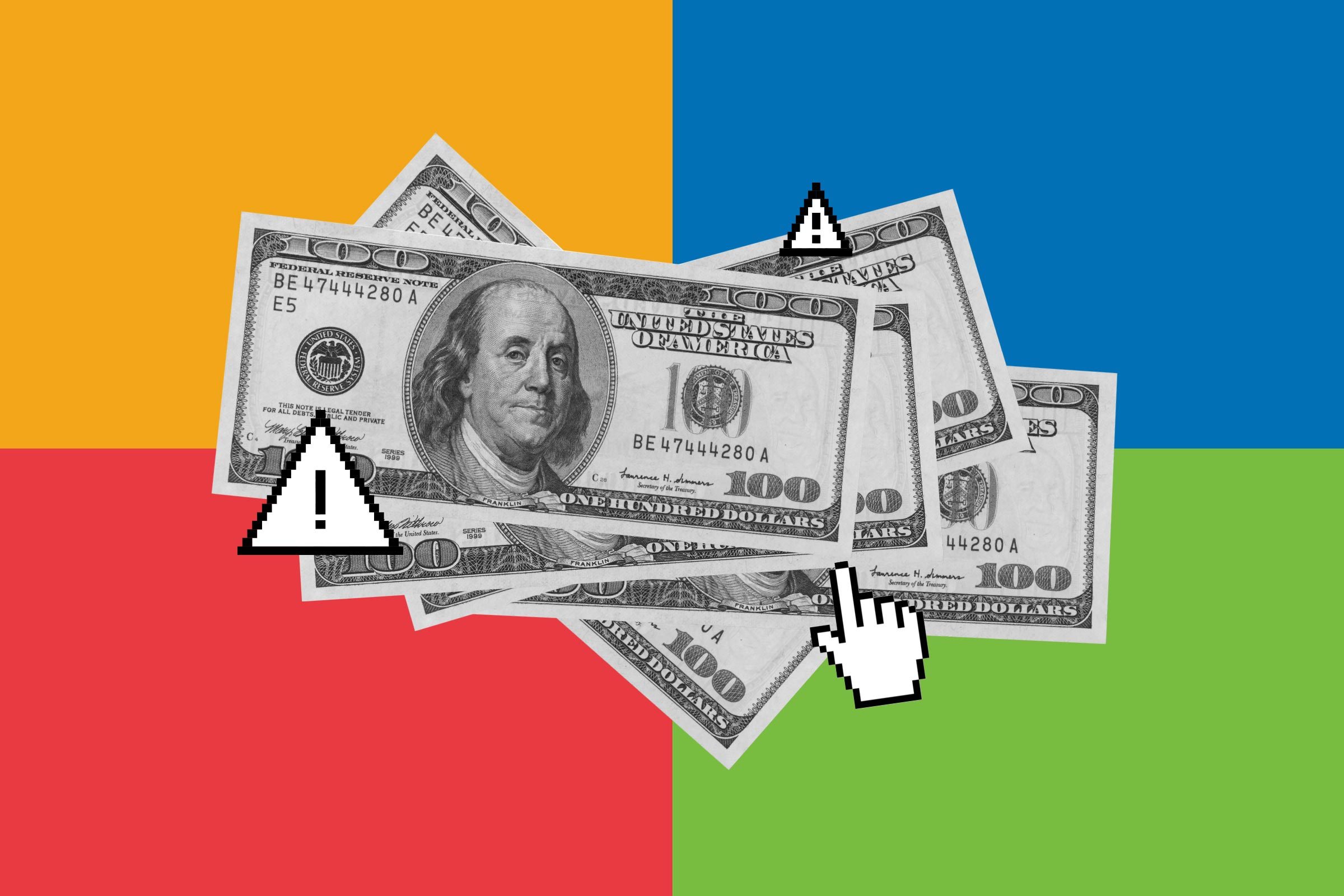
The under $500 scam
This scam is less of a predictable con and more of a sign to be wary. As far as PayPal and scammers are concerned, 500 is the magic number.
According to Ty Stewart, “Vendors [on eBay] must verify their PayPal accounts in order to conduct any transactions netting them over $500. Therefore, it is not uncommon to see a fraudulent seller capping high-ticket items right at or under $500 to skirt verification. Or, to sell multiple items in a flash, one-day sale that together still only total $500.”
How to avoid it: Do the math.
“A little known and weird tip for avoiding eBay scams is to look at how much the retailer’s total inventory adds up to. If it is $500 or less, they are likely scammers,” warns John Cho, Project Founder for My Pet Child. “eBay makes any account with withdrawals more than $500 per month go through a rigorous credit and banking confirmation process, which a scammer obviously can’t do without releasing their identity. There will be very few legitimate exceptions to this rule, so don’t risk it.”
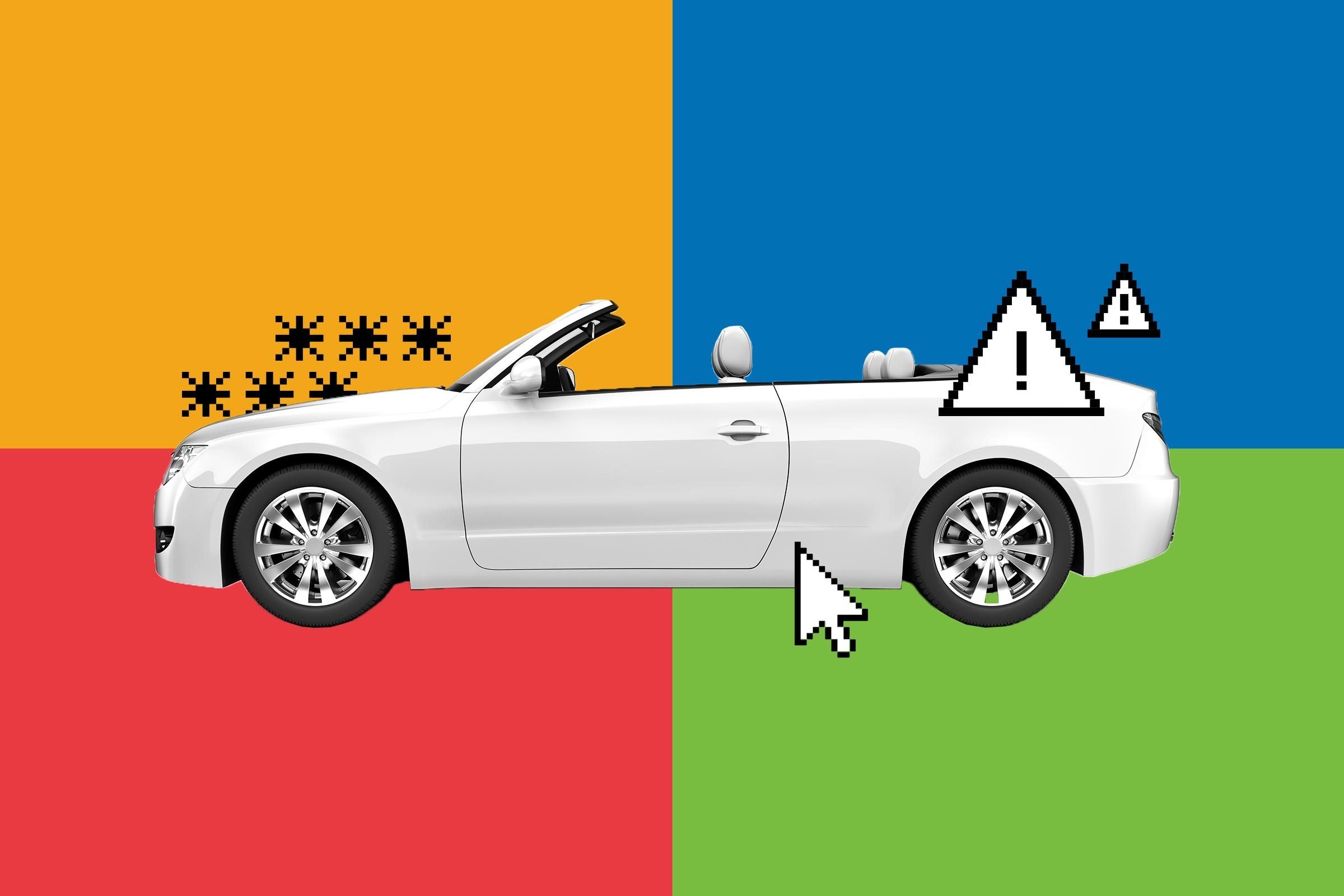
The foreign vehicle scam
Yet again, if it seems too good to be true, it probably is. When it comes to this scam, a seller will offer an amazing deal on a car with a relatively believable reason for needing a quick sale (i.e. the cause for the amazing discount).
“It will immediately draw thousands of people to it due to the cheap price. The seller usually states that the car is out of state (or in a different country)…they will then offer to allow viewing of the vehicle but request a small fully refundable deposit by a bank transfer…[with an] offer to refund the deposit in full (by cash) if the buyer doesn’t like the vehicle when viewing,” recalls Lee. “The seller could take deposits from hundreds of potential buyers and then remove the listing. The buyers cannot do much as they paid by bank transfer and the seller is free to run the scam again on another account.”
How to avoid it: Never send money on trust.
“This scam is quite easy to spot. Be wary of vehicles that are significantly cheaper than other similar models. When contacting the seller, be wary if they state that the vehicle is not available for viewing and if the seller requests a deposit by bank transfer—walk away.” Next, prepare yourself for these new Facebook messenger scams.
Sources:
- Kimberly Smith, Marketing Manager at Clarify Capital.
- Ty Steward, CEO and President of Simple Life Insure.
- Reuben Yonatan, Founder and CEO of GetVoIp.
- Mark Hayes, Head of Marketing at Kintell
- John Cho, Project Founder of My Pet Child.
- David Bennett, President of Branded Protect for Corsearch.